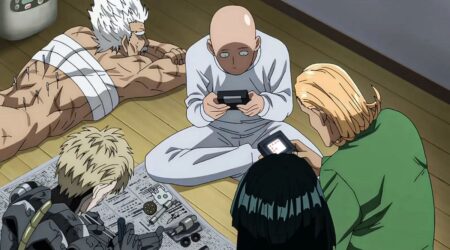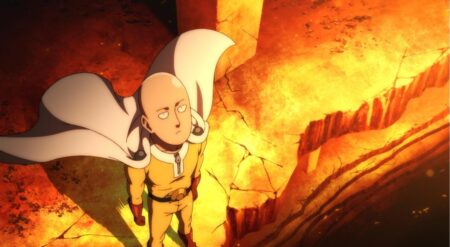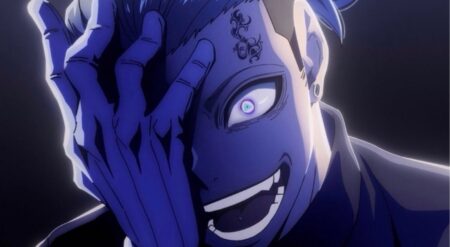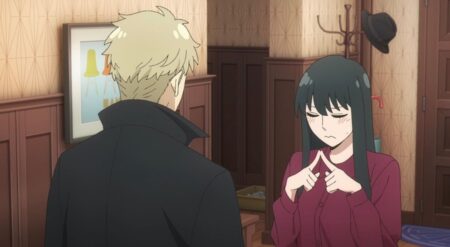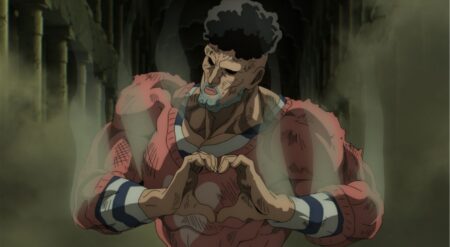Despite the breezy, brawling, brain-off fun of Season 1, Wind Breaker Season 2 confirms a quiet truth – the manga is better. To such an extent that watching the series, produced by CloverWorks, has a nearly diminishing effect on the overall story.
Based on the manga series written and illustrated by Satoru Nii, the series remains light on its feet in terms of action but struggles with pacing issues and dragged-out action sequences backed by hellacious needle drops. Honestly, the disastrous musical choices are in and of themselves enough to convince us to read the manga only.
None of which is to say that the artistry is inherently bad. Quite the opposite. The adaptation, on both artistic and technical levels, works. CloverWorks and director Toshifumi Akai imbue the fight scenes with the right amount of kinetic energy, distinguishing between each character and their specific fighting style.
Pacing issues persist in the CloverWorks adaptation.
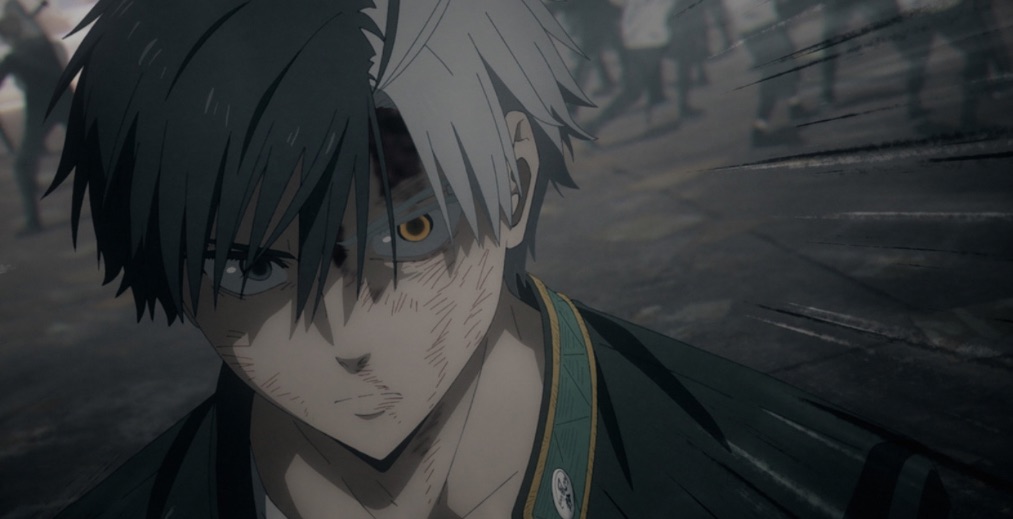
The character designs, the performances, the incremental moments of character growth, and certain narratives all flourish under the watchful eyes of talented animators. It’s just that the pacing is garbage.
Wind Breaker Season 2 picks up exactly where Season 1 left off, watching as Haruka Sakura (Yuma Uchida) leads his team to fight the Kreel Gang in defense of one of their own. Luckily, in comparison to the fight between Furin and Shishitoren, it doesn’t go on too long.
However, it immediately suffers from the same issues that plagued it from the start – we’re being thrust into fights with characters we don’t know and are being asked to care about them, while the development of our main characters is secondary to these guest stars.
Tasuku Tsubakino is a welcome addition to Wind Breaker Season 2.

This wouldn’t be an issue for a smaller cast. It wouldn’t be an issue for a larger cast that spent enough time with its immediate core group before branching off to expand the world (hello, One Piece). But it becomes an issue because Wind Breaker does neither.
Along with Sakura, the leading ensemble includes Nirei (Shōya Chiba), Suō (Nobunaga Shimazaki), Sugishita (Kôki Uchiyama), Umemiya (Yuichi Nakamura), Kotoha (Ikumi Hasegawa), Kiryū (Toshiyuki Toyonaga), and more. They exist as the base of Furin and, conceivably, the main characters.
And yet, apart from Sakura, we’ve yet to learn anything of substance about them. At the very least, Season 2 dedicates its time to a worthy new character with Tasuku Tsubakino (Ryōta Ōsaka). Tsubakino is a wonderful character with a fantastic character design and presence, aided by their gender-queer status, which is, to put it lightly, something of a rarity in shonen.
Wind Breaker Season 2 highlights respect for a queer character we don’t often see in shonen.

It’s not his existence as a character, but rather how his story develops, his flashbacks as he learns to accept himself, and the easy acceptance he receives from those surrounding him. All of this builds on what is, at its very core, the foundation of the series.
A group of people willingly, happily, offering acceptance and understanding. Their identity isn’t made out to be a joke. His backstory and how those in his life have shaped it become one of the greatest narratives of the Season.
It’s a shocking amount of depth for a series so often committed to trading punches and loud, declarative moments of the power of friendship. And yet Tsubakino’s story is one of the best from Satoru Nii, full of thoughtfulness and grace. Everything, from the character design to their mid-brawl action sequences, which imbue both balletic grace and strength, and the voice performance, grants the character additional charm.
Friendship is at the center of this shonen series.
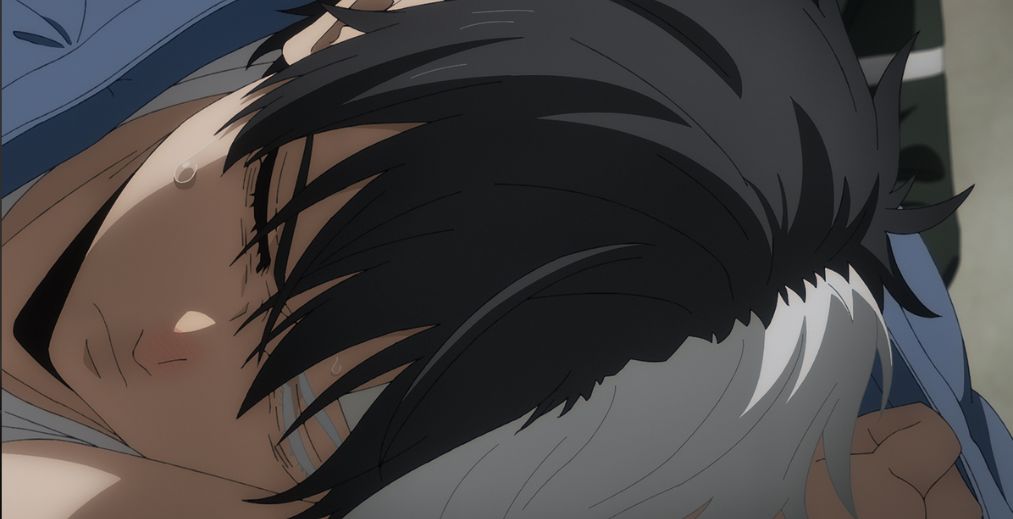
Said charm brings home the unwavering frustration surrounding Wind Breaker Season 2 and the series as a whole (at least for now). The characters are, as far as we’ve gleaned, lovable. And while we don’t know much about any of their backstories (again, for now), Sakura, Suo, Nirei, and, now, Tsubakino, have enough presence and personality to latch onto.
But we’re not given the chance. There are hints of development. From Nirei’s desire to get stronger and Suo’s desire to protect him, to Sakura realizing how to put his friends before his need to be the strongest at Furin, the writing takes pains to show the growth they’re undergoing. It’s just often interrupted by new supporting players, rival gangs, and those gangs rival gangs and our patients grows fleeting.
Though nothing is as incessantly bothersome as the score. Apparently worried the animation might be too refined and the writing too subtle, the score continuously bashes us over the head to ensure we know that a dramatic scene is happening.
Meet our next big adversary.
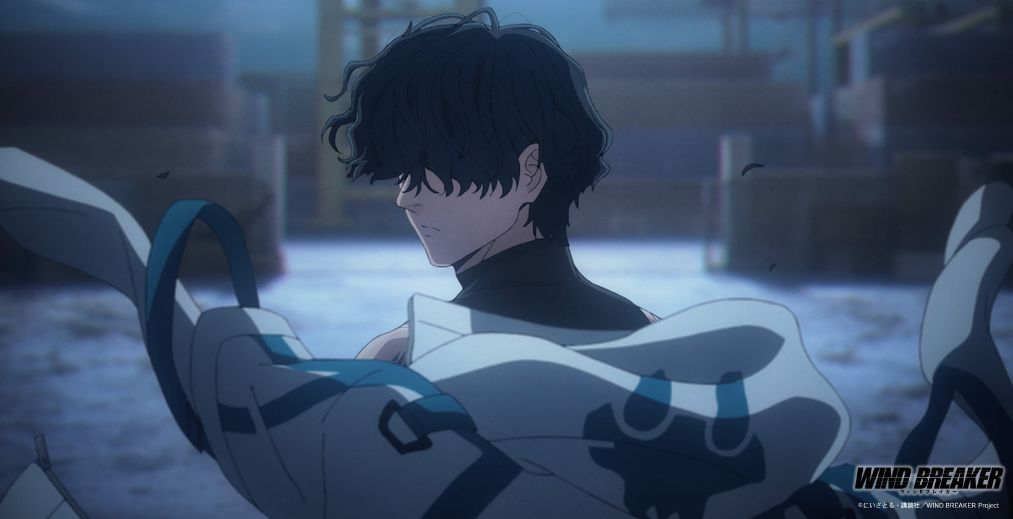
It’s a shame because it lessens the overall impact. And while the drawn-out fight sequences already inch on tedium, the obnoxious, 2000s-era Hot Topic musical numbers certainly push us all the way there. The scenes with their engrossing action and vibrant backgrounds might otherwise hold us rapt in attention if not for it.
Closing out with the introduction to the next big bad, Yamato Endo, who ties to Furin and Umimiya’s past, Wind Breaker promises a major new conflict for the team to face. Here’s hoping, however, that the writing learns to streamline its battles so that we’re not distracted by subplots that detract from the main, most engaging action.
Wind Breaker Season 2 is more fun for those who have only ever watched the anime. For fans of the manga, the adaptation becomes tiresome due to its poor pacing and drawn-out battles. But the lovable characters and strong action will have us returning, even if we have to mute the most substantial moments mid-brawl.
Wind Breaker Season 2 is available now on Crunchyroll.
Wind Breaker Season 2
-
Rating - 6.5/106.5/10
TL;DR
Wind Breaker Season 2 is more fun for those who have only ever watched the anime. For fans of the manga, the adaptation becomes tiresome due to its poor pacing and drawn-out battles.



